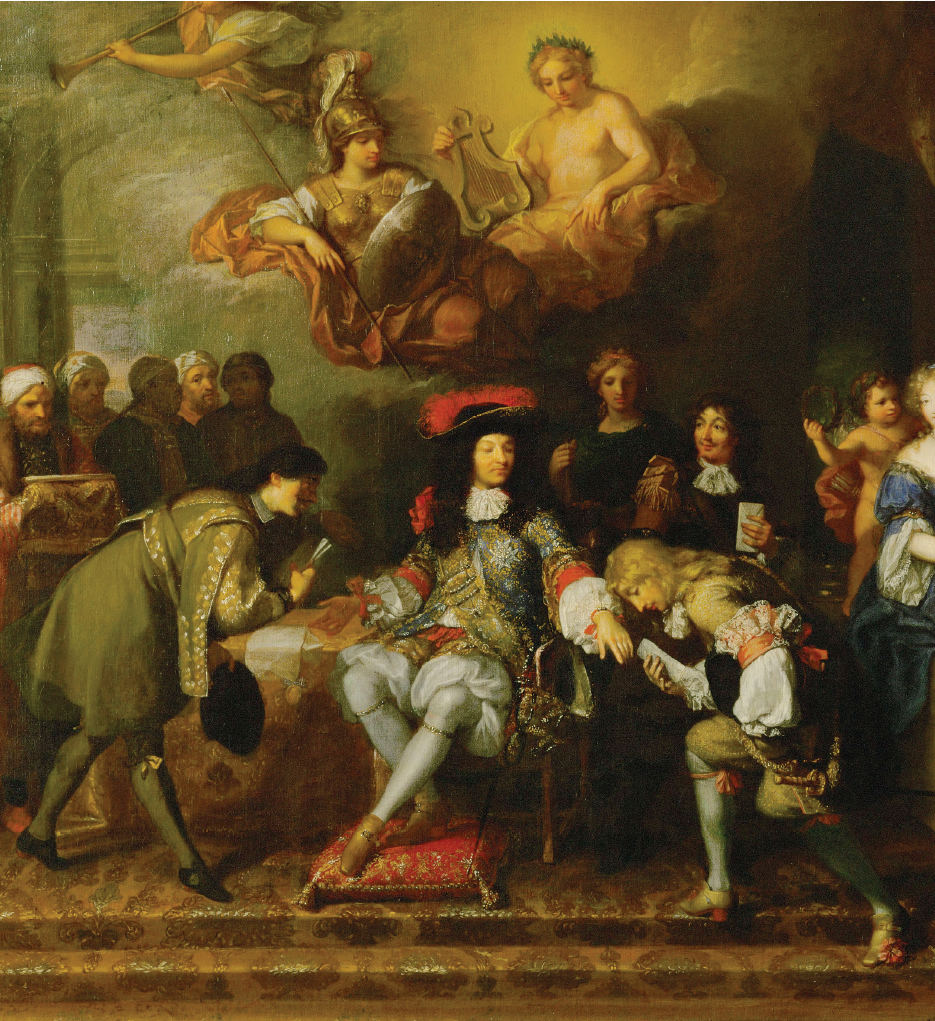A History of World Societies:
Printed Page 519
A History of World Societies Value
Edition: Printed Page 518
Introduction for Chapter 18
18
European Power and Expansion
1500–1750

The two centuries that open the period known as the early modern era witnessed crisis and transformation in Europe. What one historian has described as the long European “struggle for stability” originated with conflicts sparked by the Protestant and Catholic Reformations in the early sixteenth century and continued with economic and social breakdown into the late seventeenth century.1 To consolidate their authority and expand their territories, European rulers increased the size of their armies, imposed higher taxes, and implemented bureaucratic forms of government. Thus, at the same time that powerful empires were emerging and evolving in Asia — the Qing Dynasty in China, the Tokugawa Shogunate in Japan, the Mughal Empire in India, the Ottoman Empire in Turkey, and the Safavid Empire in Iran — European rulers were also building strong imperial states.
Rising state power within Europe raised a series of pressing questions: Who held supreme power? What made it legitimate? Conflicts over these questions led to armed revolt and civil war. Between roughly 1589 and 1715 two basic patterns of government emerged from these conflicts: absolute monarchy and the constitutional state. Almost all subsequent European governments were modeled on one of these patterns, which have also greatly influenced the rest of the world.
Whether a government was constitutional or absolutist, an important foundation of state power was empire and colonialism. Jealous of the riches and prestige the Iberian powers gained from their overseas holdings, England, France, and the Netherlands vied for new acquisitions in Asia and the Americas, while Russia pushed its borders east to the Pacific. This was a distinctive moment in world history when exchange within and among empires produced constant movement of people, goods, and culture, with no one region or empire able to dominate the others entirely.